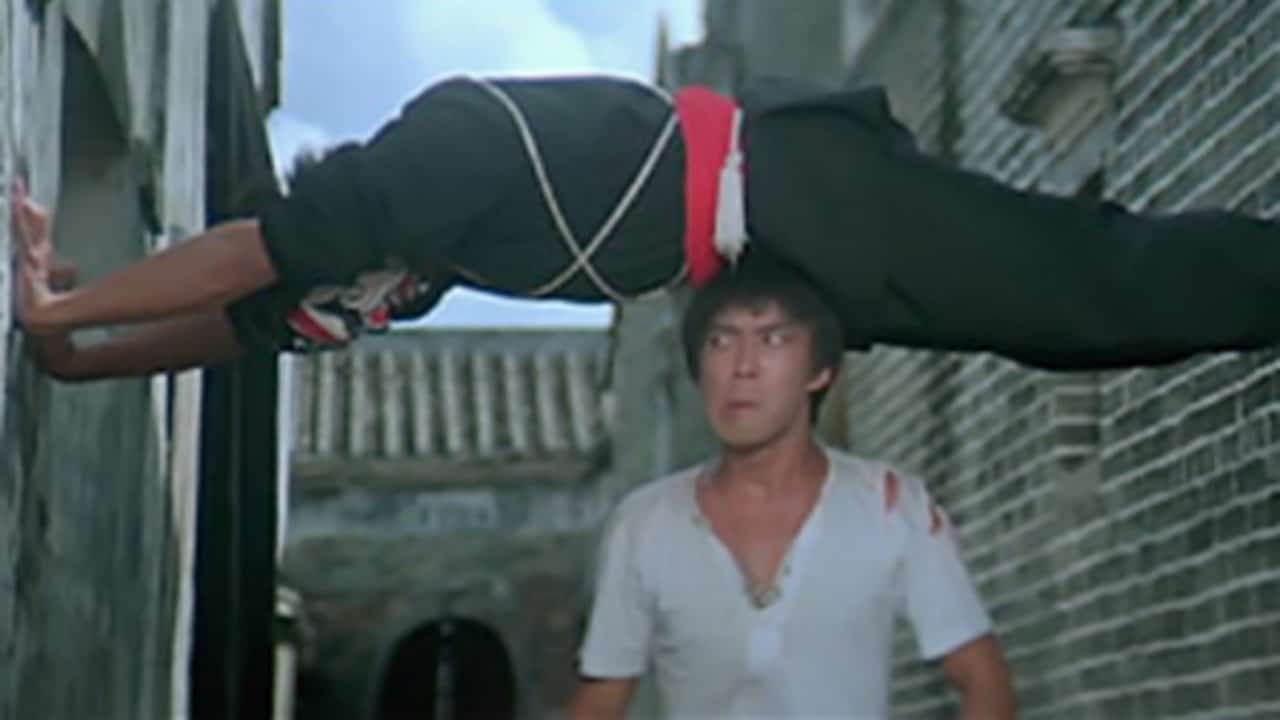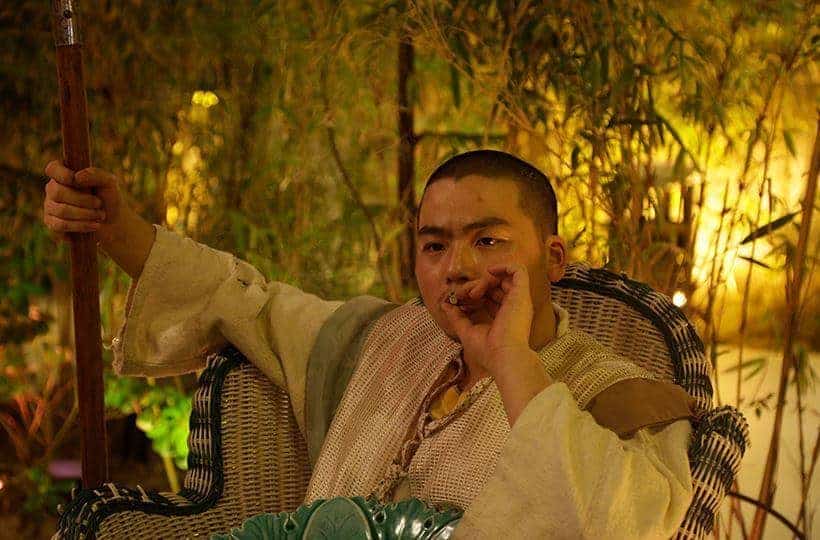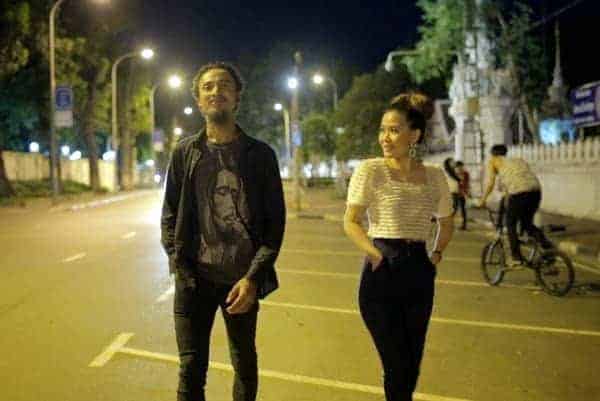The portrait of the struggling artist is a common one, but an artist needs many things to survive. Not just the talent and inner turmoil to express oneself, but also the time, freedom and money to facilitate creativity. In his debut film, Mitsuo Kuribara argues modern Japan is not a country that allows an artist to thrive, and they may have found just the locale to exemplify this fact.
“Sayama City, Saitama Prefecture” is screening at Japan FilmFest Hamburg
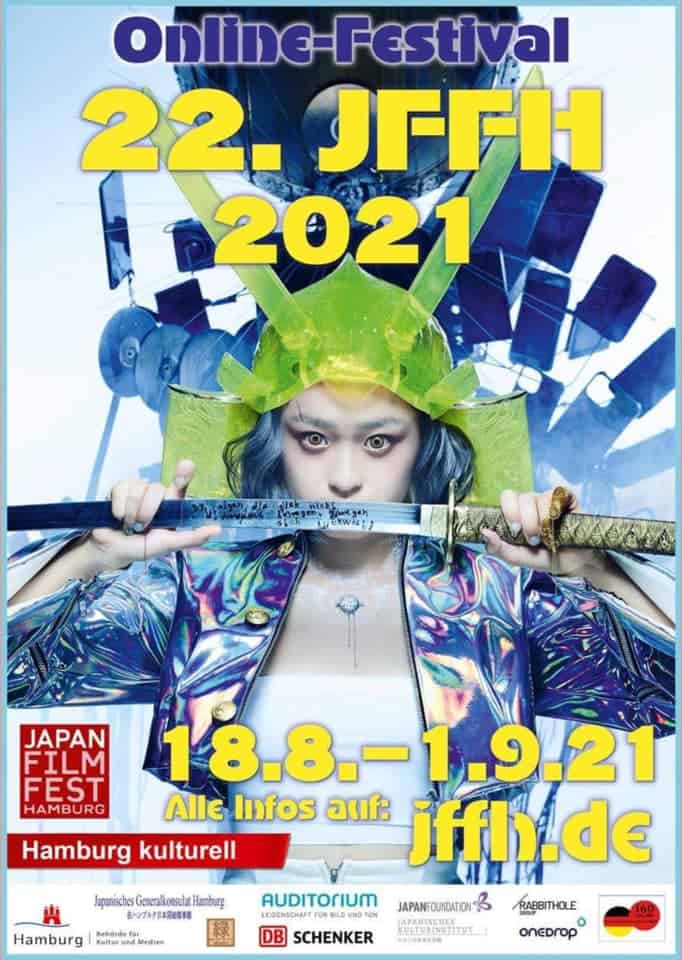
Sayama in Saitama Prefecture is the ultimate non-descript picture of suburban blandness. Part of the sprawling Tokyo Metropolitan Area, it is a commuter town that is neither countryside nor big city, with little in terms of variety, and dominated by local bureaucracy. As such, a local art class probably has little in the way of hope of drawing a crowd.
But they persevere and the small group of local artists put on an exhibition at the local community centre. There is interest, but no sales. With the evening over, a hanger-on remains looking at the art. As he leaves, he openly criticises each of the artists for their work. He later turns out to be Naoyuki Fujimura, a local returning after failing as an artist in Paris. When not full of bitterness, he turns out to be quite likeable, and Endo, a local art dealer, convinces him to teach the class, in the hope he will also put on an exhibition of works he can sell.

Fujimura highlights the difficulty of being an artist. When teaching the class, he discusses the difference between passion and professionalism. An excellent amateur is very different from an immature professional as they still have their passion for what they do. Fujimura has become the latter, disillusioned with his outputs. But having failed in Paris, he has no hope in succeeding in Sayama.
Fujimura believes Japan doesn't accept art and one cannot become a “true artist” in Japan. There, an artist needs a patron and money. Endo wants to be that patron, but his scope is too small for Fujimura. Nishiwaki, with connections to Ginza galleries, also wants to take him on, but for exploitative purposes to paint counterfeits to sell. As Fujimura suspected, business takes precedent over art.
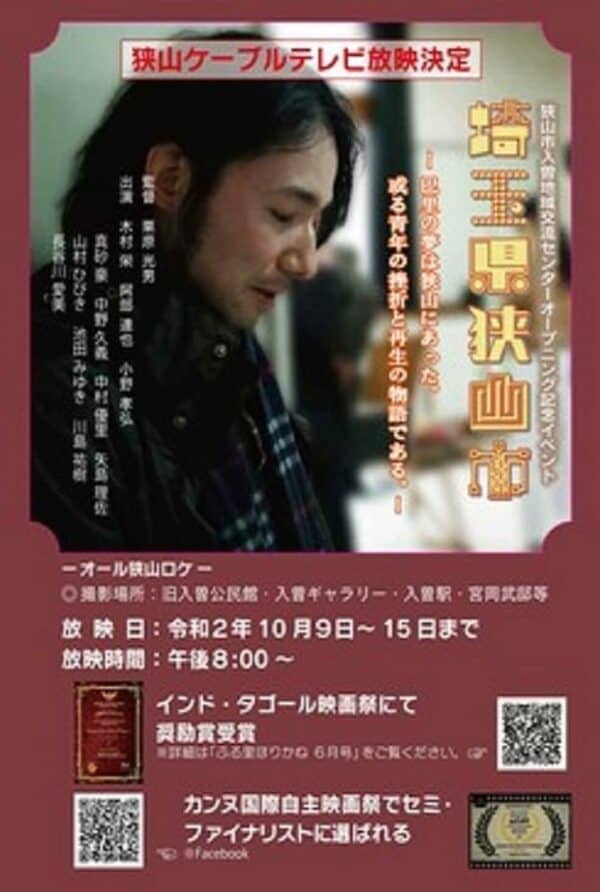
Local politics also get in the way, with art competition prizes awarded to those who have connections with those in local government. The bureaucrats have no appreciation for art, but want to be seen to, and so speak banal pleasantries when it is put in front of them. To gain one of the necessities to be an artist, you have to lose another, and as such, a true artist cannot exist.
Kuribara communicates their point effectively, building the argument as it goes along, pacing its plot points well, and so has a flare in scriptwriting. If one were to be harsh, however, the local, amateurish quality of the art class is reflected in the filmmaking. The cinematography has awkward, jittery movements when panning around a scene, hence why many shots are long takes with a still camera, sometimes at an obscured angle. The sound design also leaves a little something to be desired and the acting can at times be a little erratic, with Fujimura's character lacking the right balance at times, but all actors play their roles in earnest.
But this is all what the storyline is telling us: without finances, films will struggle; but finances will also come at a cost of the message you are trying to communicate, which is the strength of “Sayama City, Saitama Prefecture”. Perhaps it lends itself to a stage play better than film, in that the message is strong, but the execution not always so. With long takes and fairly basic settings, this could very much work in this way. But, as I say, this is being harsh, and the making of the film reflects what it is trying to say. “Sayama City, Saitama Prefecture” is a simple film, and at its best when it keeps it simple. Close-ups of the art class sketching in pure silence make for calm, enjoyable moments. More of these would have been welcomed, allowing the “artists” to flourish.



